Michigan Notable Books list features ‘gothically sordid’ story about Lansing quadruplets
- Oops!Something went wrong.Please try again later.
Every year, the Library of Michigan faces a difficult task of honing a pile of great books to a definitive 20 for the annual Michigan Notable Books list.
This year could not have been easy. From reliable veterans like Michigan’s John Smolens (“A Cold, Hard Prayer”) and Ann Patchett (“Tom Lake”), both with novels set in northern Michigan, to another MNB cookbook by Michigan chef Abra Berens (“Pulp: A Practical Guide to Cooking with Fruit”), the 2024 selections are a literary feast with many new voices as well.

There’s a new biography on Gerald Ford, a graphic novel about a Flint hockey team and a short story collection of tales set in rural Michigan. Music fans will appreciate the collected lyrics by the White Stripes. There are books for young adults as well as history lovers, who’ll want to read a retelling of U.S. history with a Native American lens. There’s even a book on Michigan rocks.
Matthew Pacer, reference library with the Library of Michigan who was on the selection committee this year, says it’s never easy but always rewarding.
“Each year gives us as a committee a chance to see what different authors have to say about our state.”

What all books have in common is that all were published during the previous calendar year and are about (or set in) Michigan or the Great Lakes, or written by a Michigan author.
Here we delve a bit deeper into just three of the books and their authors with widely different subjects and genres.
Lansing's Genain Quadruplets
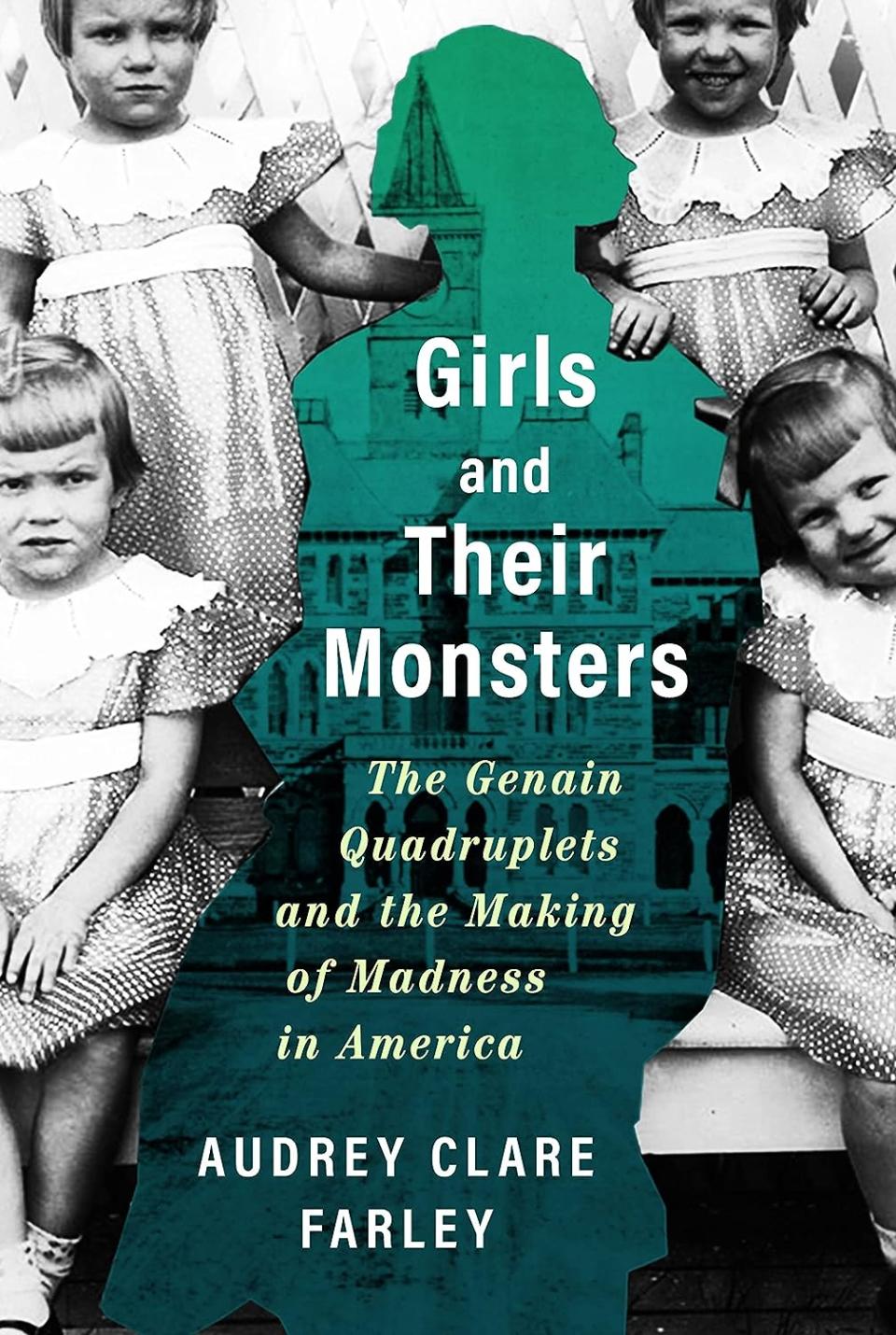
Audrey Farley’s “Girls and Their Monsters: The Genain Quadruplets and the Making of Madness in America” is a true and deeply troubling story of identical quadruplets (real name Morlok) born in 1930 in Lansing.
Farley puts a fresh lens on two narratives that have been told before. One is of the early years, when the girls, a rarity as quads, became local celebrities. The Lansing community took part in naming them and even supported the family for a time. The young siblings sang and danced in a traveling stage show that shaped the impression of a perfect Christian American family.
The other narrative, well known in science circles, followed their shared diagnoses of schizophrenia at age 24, which captured the attention of the National Institute of Mental Health. They were studied for years, resulting in a 600-page book in 1963 by NIMH's David Rosenthal, the psychologist who wanted to understand the cause of their schizophrenia. As a steady figure in the girls’ lives — and someone Farley believes cared about them — Rosenthal concluded the sisters suffered from an “unhappy collusion of nature and nurture.”
Farley brings these narratives together for the first time and exposes the abuse the girls suffered at home at the hands of a violent Nazi-sympathizer father, who at times fondled them; their mother, who was complicit in offering them up for public consumption among other things; and the community, which treated them as a carnival show and later took advantage in more sinister ways.
The book, an intimate portrait of the sisters and Rosenthal, the one man they trusted, also explores themes of racism, antisemitism, eugenics, white supremacy and psychiatry’s culture wars.
Pacer admits it was a challenging read. “But it’s an important read that grabbed hold of me and pulled me in.”
The New York Times described it as “gothically sordid, painful to read about and entirely believable” and “a microcosm of a pathogenic society.”

Farley, who had never heard of the quadruplets until her mother suggested the subject after reading about them in another book, grew intrigued as she combed through news photos. “I saw these perfectly coifed ‘living dolls,’ as one reader called them,” she says. “They’d been made to symbolize innocent and cheerful white girlhood.”
Among the most disturbing discoveries were their minstrel stage shows with blackface performers that reinforced stereotypes of African Americans and the mythology of white racial innocence, she says, adding that these shows projected the public’s social anxieties of Jim Crow. “These girls who were abused at home appeared onstage in a way that obscured their abuse.”
Farley says after Rosenthal’s retirement in 1981, the NIMH failed the sisters by changing focus to a more biological approach to mental illness. It subjected the siblings to battery of tests, from blood to urine to lumbar punctures, never asking what was going on in their heads.
Farley did extensive interviews with the only surviving sister, Sarah Cotton, who lives in a retirement home in Plymouth. She's now 93 and “very lucid.” Sarah’s son David paved the way for the two to connect, says Farley. “He had always been sickened by the mythology about them.”
At first, Sarah wanted to focus on everything they were celebrated for: singing, dancing and traveling the mid-Atlantic coast, says Farley. “It did take some effort to persuade her that the truth is worth telling.”
Farley hopes readers don’t expect to gawk at this family without seeing society under the spotlight, too. “I think it unnerves readers to read a book like this and to realize the extent to which mythology was at play.” She adds: “When the abuse of children is communal, there must be communal repair.”
Arab American life in Dearborn
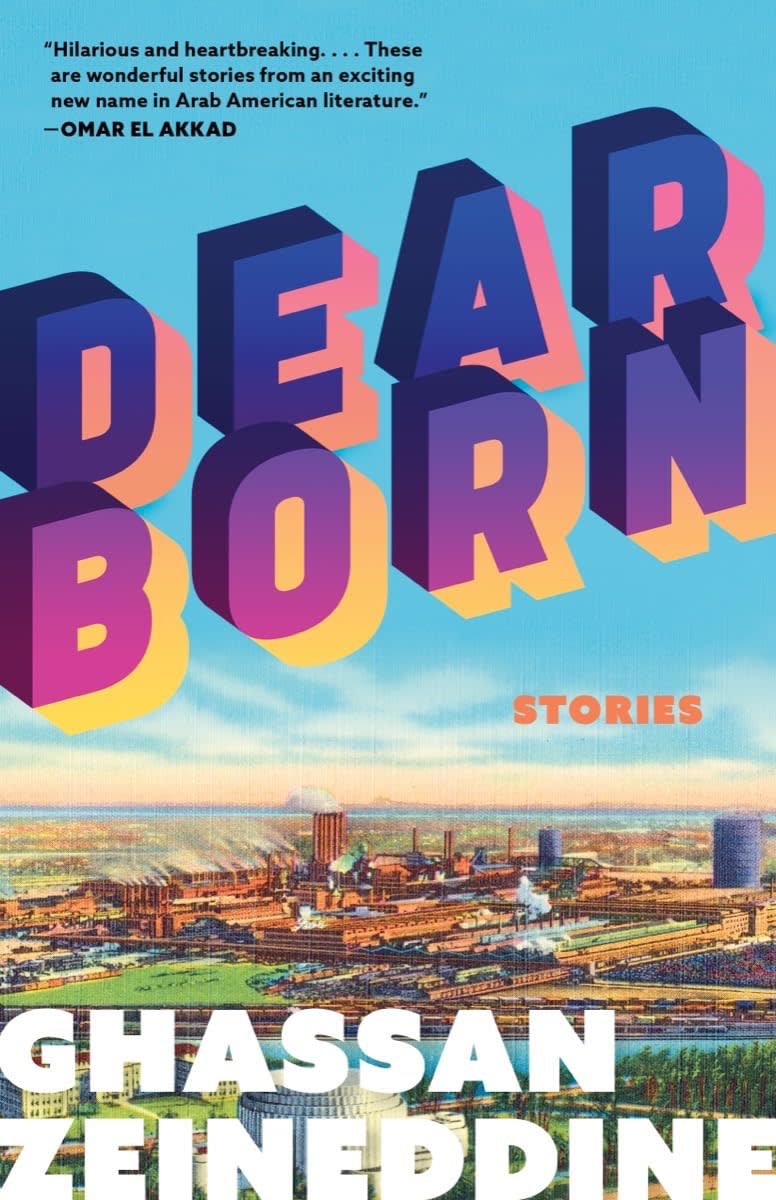
“Dearborn” is the debut short story collection by Ghassan Zeineddine, a Lebanese author who lived in Dearborn from 2018 to 2023 when he was teaching creative writing at the University of Michigan-Dearborn. It features 10 linked stories all related to the city, home to the largest concentration of Arab Americans in the country.
“I wanted to show how diverse the Arab Americans in Dearborn are and in general,” says Zeineddine, who now teaches creative writing at Oberlin College in Ohio, where he lives with his family.
The stories span several decades and explore a variety of themes, from identity and generational conflicts to migration and belonging. They can be funny, touching, moving and edifying all at once — but always there is humor.

“It’s how I view the world,” says Zeineddine, who finds the comic lens to be disarming. “You can take someone down any path you want, but if you’re writing about a very serious subject matter, you need to do it with respect.”
The first story, “The Actors of Dearborn,” is wry and laugh out-loud-funny, told from the point of view of Youssef, a failed Broadway actor who is working on the 2020 census. Youssef finds himself at the home of an old friend of his father’s, Uncle Sam, who is paranoid about U.S. Immigration and Customs Enforcement while giving refuge to his nephew Rocky, who came from Lebanon as a teen and binged on Rambo and Rocky films. Now 20, he dreams of going to Hollywood to be an action hero and meeting his internet girlfriend. Youssef is inspired to help get him there.
“Speedoman” bounces between the points of view of a group of husbands and wives at the local gym pool. They hang out in separate spaces but are united in their fascination with a mysterious man who keeps showing up in Speedos printed with nostalgic images of Lebanon.
More poignant but still with humor is “Yusra,” told through the eyes of a cross-dressing family man and butcher who sneaks off to Hamtramck to revel in the freedom of high heels and makeup, and discovers himself slowly letting a new friend into his world.
This is Zeineddine’s second book on the list, after last year’s nonfiction “Hadha Baladuna: Arab American Narratives of Boundary and Belonging,” which he co-edited while still living in Dearborn.
Zeineddine says he still misses the city, the inspiration for the collection. “It was amazing. Even my first experience driving in Dearborn, something opened up in me. I’ve never felt that at home in a place,” he says, adding with a laugh: “We still own property in Michigan. We cannot let go.”
Artists behind prison walls

“Making Art in Prison: Survival and Resistance” by Janie Paul is coffee-table book introducing readers to the culture and aesthetics of prison art communities in Michigan.
It features 200 color reproductions of artwork by artists currently in prison, some for life, along with powerful narratives by the artists themselves.
The first essay by Curtis Dawkins, who is serving a life sentence, shares how he became an artist and why it’s important. His words are arresting: “Like those purple flowers poking through the poisonously acidic volcanic soil, this book is a radiantly representative cross-section of what grows from these prison grounds …”

Paul, who never uses the term "prisoner," hopes the book will help end mass incarceration through a deeper look into bigger topics, including how incarceration evolved in this country and why we have so many people of color in prison. “It is an effort to humanize those who’ve been dehumanized by our legal system,” she says.
An emeritus professor at the University of Michigan Stamps School of Art and Design, Paul began working on the book in 2013. It grew from her work with her husband, Buzz Alexander, who died in 2019, in developing the Prison Creative Arts Project and the first Exhibition of Artists in Michigan Prisons in 1996.
She's the senior curator of the annual exhibition and chose the book’s art from thousands of archived images from nearly three decades of those exhibitions.
Through that process she noticed some things. “I saw how certain people evolved and how the project affected the prison culture in Michigan. Not only were artists lifted up, (but) other imprisoned people were admiring the work, even the Michigan Department of Corrections,” she says.
She’s been gratified by the response to the book, now in a second printing, around the country. “People are very moved. They are astounded by the beauty of book.”
Most astounding to her in all this? “How many people who didn’t think they were artists have done such amazing art work. And people, like those living in prison for life or possible life, how resilient they can be and maintain their souls. And how important art is for that.”
Michigan Notable Books 2024
Here's the full list of this year's notable books. All were published during the 2023 calendar year. Book descriptions were provided by the Library of Michigan and lightly edited by the Free Press.
● "The All-American" by Susie Finkbeiner, Revell: In this 1950s coming-of-age story, two sisters are left reeling when their father is accused of being a member of the Communist Party. Bertha finds a haven with the All-American Girls Baseball League. Flossie finds herself in an unexpected friendship. Both are about to discover how much good there is in the world, even in the hardest of circumstances.
● "Cinema Ann Arbor: How Campus Rebels Forged a Singular Film Culture" by Frank Uhle, University of Michigan Press: Delving into almost 100 years of rarely glimpsed history, Uhle melds interviews with 80 key people, deep archival research and more than 400 mostly unseen images into a vivid account of how the history of motion pictures and the history of Ann Arbor (and U-M) are intertwined. The book uncovers unexpected and essential stories of the university’s film societies and the campus rebels who ran them.

● "A Cold, Hard Prayer" by John Smolens, MSU Press: In 1924, an orphan train passes through the Midwest, and Mercy, a teenage girl of mixed race, and a boy nicknamed Rope who lost fingers in a factory accident become virtual prisoners of Harlan and Estelle Nau. After facing abuse, the youths flee to sparsely populated northern Michigan and develop a bond that helps them navigate an American landscape shaped by prejudice, hypocrisy, and fear.

● "Dearborn: Stories" by Ghassan Zeineddine, Tin House Books: Spanning several decades, Zeineddine's debut collection examines the diverse range and complexities of the Arab American community in Dearborn. In 10 tragicomic stories, Zeineddine explores themes that include identity, generational conflicts, war trauma, migration, sexuality, queerness, home and belonging.
● "Enough to Lose: by R.S. Deeren, Wayne State University Press: In nine captivating short stories, Deeren presents a vivid portrait of life in Michigan's rural Thumb region by focusing on the colorful lives of landscapers, hunters, artists, parolees, retirees and entrepreneurs. The author illustrates the brutal reality of working-class rural life and the moments of beauty, humor, and resilience that punctuate it.

● "Everything I Learned, I Learned in a Chinese Restaurant: A Memoir" by Curtis Chin, Little, Brown and Co.: 1980s Detroit was a volatile place to live, but above the fray stood a safe haven: Chung’s Cantonese Cuisine. It was where filmmaker and activist Chin came of age; where he learned to embrace his identity as a gay ABC, or American-born Chinese; where he navigated the divided city’s spiraling misfortunes; and where he realized just how much he had to offer to the world, his beloved family and himself.
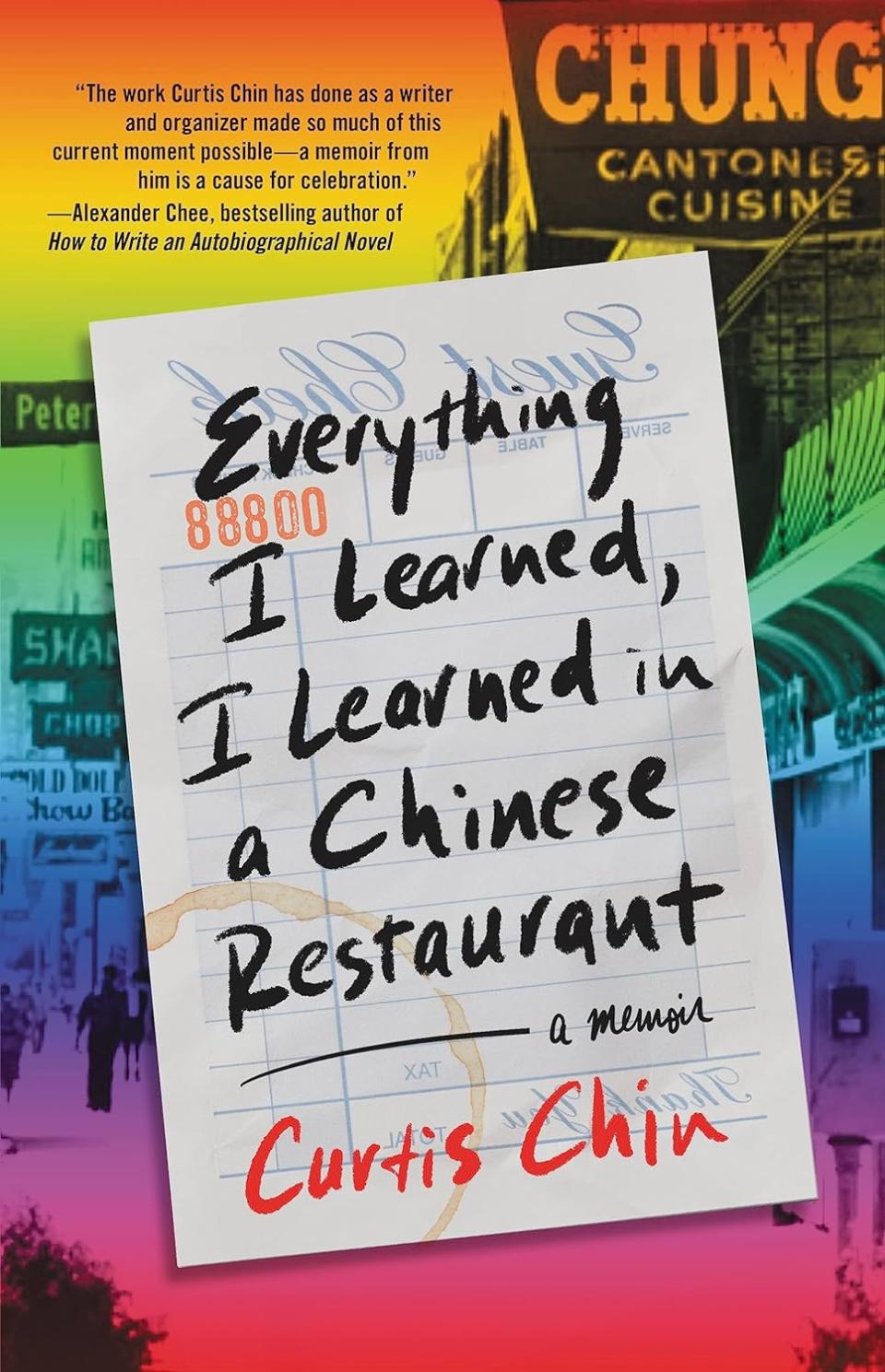
● "Everything Is Just Beginning: A Novel" by Erin Bartels, Revell: Michael Sullivan is a talented lyricist and a decent guitarist, but he has been kicked out of his band (and his apartment) and is working a dead-end job. Then on the night of Dec. 31, 1989 — as the Berlin Wall is coming down and anything seems possible — Michael crosses paths with the enigmatic young heir to a fading musical dynasty, forever altering both of their futures.
● "Girls and Their Monsters: The Genain Quadruplets and the Making of Madness in America" by Audrey Clare Farley, Grand Central Publishing: This compassionate portrait chronicles the lives of the pseudonymous Genain quadruplets from Lansing as well as the lead psychologist who studied them to understand the cause of their schizophrenia. It exposes the harrowing violence they experienced and its psychological and political consequences to them and our society at large.
● "Great Women of Mackinac, 1800-1950" by Melissa Croghan, MSU Press: This collective biography tells the dramatic history of 13 women leaders on Mackinac Island in the 19th and early 20th centuries, and explores how their linked visions of family and community define the island.
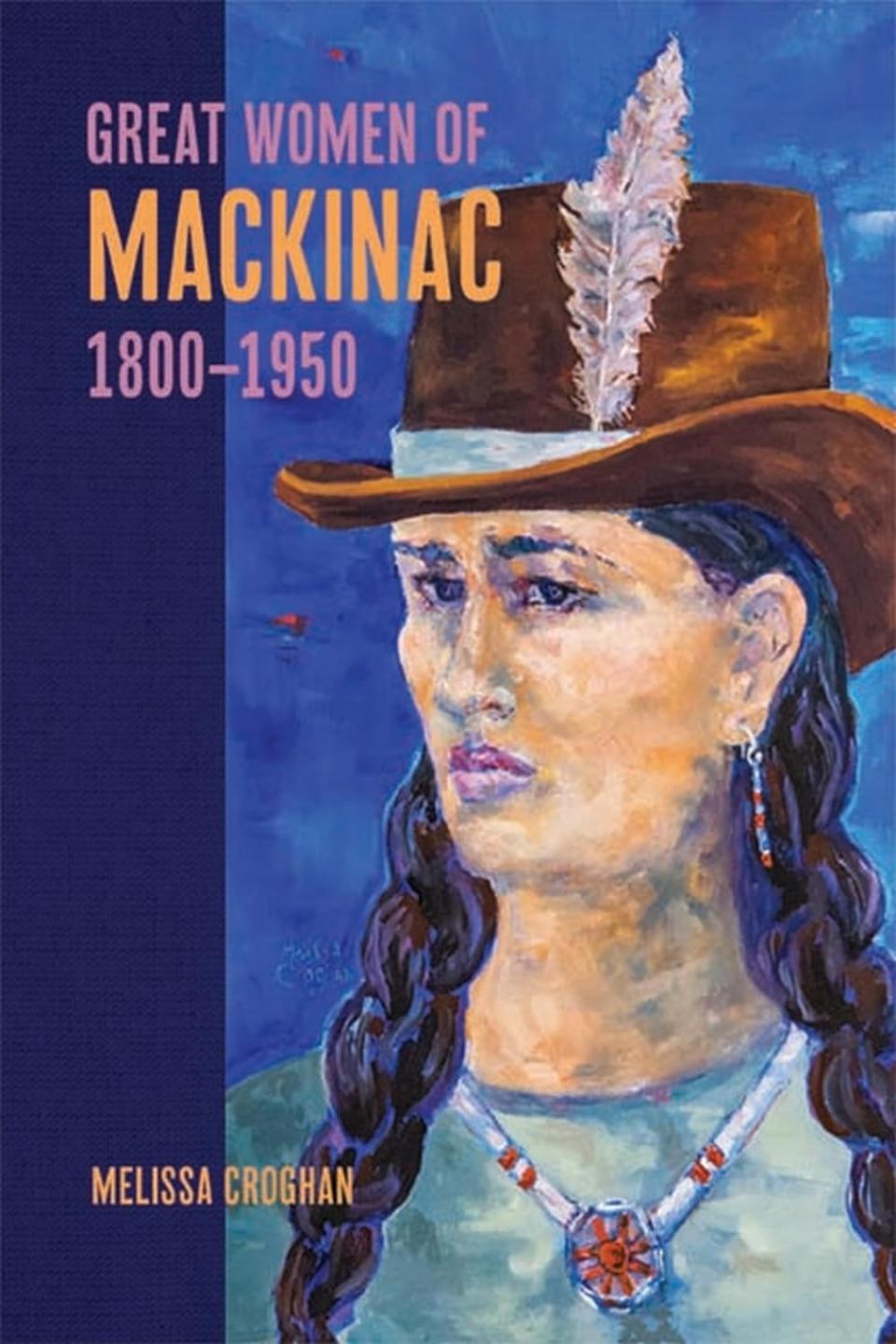
● "In the Upper Country: A Novel" by Kai Thomas, Viking: The fates of two unforgettable women — one just beginning a journey of reckoning and self-discovery and the other completing her life's last vital act — intertwine at the terminus of the Underground Railroad. As it makes its way from Virginia to Michigan, the story reveals the interconnected history of the peoples of North America in a new and resonant way.
● "Making Art in Prison: Survival and Resistance" by Janie Paul, Hat & Beard Press:Paul introduces readers to the culture and aesthetics of prison art communities and shares heart-wrenching and often humorous artists’ narratives. These stories and images upend the manufactured stereotypes regarding people living in prison.
● "Michigan Rocks! A Guide to Geologic Sites in the Great Lakes State" by Paul Brandes, Mountain Press: Nearly the entire history of Earth is on display in Michigan, from 3.6 billion-year-old gneisses to potholes drilled by modern rivers. "Michigan Rocks!" guides you to 56 world-class geologic sites scattered from Isle Royale and the Upper Peninsula to Lower Michigan, including Michigan's Thumb, where carvings in sandstone are preserved at Sanilac Petroglyph State Historic Park.

● "My Murder: A Novel" by Katie Williams, Riverhead Books: Having been murdered by a serial killer, Lou is brought back to life and returned to her grieving family by a government project. But as the new Lou returns to her old routines and bonds with other female victims, she realizes that disturbing questions remain about what exactly preceded her death and how much she can really trust those around her.
● "An Ordinary Man: The Surprising Life and Historic Presidency of Gerald R. Ford" by Richard Norton Smith, Harper: For many Americans, Ford was the genial accident of history who pardoned his Watergate-tarnished predecessor, presided over the fall of Saigon, and became a punching bag on "Saturday Night Live." Smith reveals him to be an underrated leader whose tough decisions and personal decency look better with the passage of time.

● "Pulp: A Practical Guide to Cooking with Fruit" by Abra Berens, Chronicle: "Pulp" is the beautiful follow-up to Berens’ "Ruffage and Grist," with more than 215 recipes and variations for using fruit grown in the Midwest. It showcases ways fruit can enhance everything from roasted vegetables to soup to roasted pork or brisket.
● "The Rediscovery of America: Native Peoples and the Unmaking of U.S. History" by Ned Blackhawk, Yale University Press: This sweeping retelling of U.S. history recognizes that Native Americans are essential to understanding the evolution of modern America. It covers five centuries of Native and non‑Native histories from Spanish colonial exploration to the rise of Native American self-determination in the late 20th century.
● "Strikers: A Graphic Novel" by Kiel Phegley, Graphic Universe: Hockey and life keep handing Evan and Bobby losses. Their team, the Strikers, has a roster of rejects in hand-me-down coats and lacks good equipment, a deep bench and a coach who shows up on time. Their town of Flint, Michigan, has been down on its luck their whole lives. The boys may not understand each other, but together they’ll find their reasons to keep taking the ice.

● "Tom Lake" by Ann Patchett, Harper: In the spring of 2020, Lara’s three daughters return to the family's orchard in northern Michigan. While picking cherries, they beg their mother to tell them the story of Peter Duke, a famous actor with whom she shared a stage and a romance years before. As Lara recalls the past, her daughters are forced to reconsider the world and everything they thought they knew.
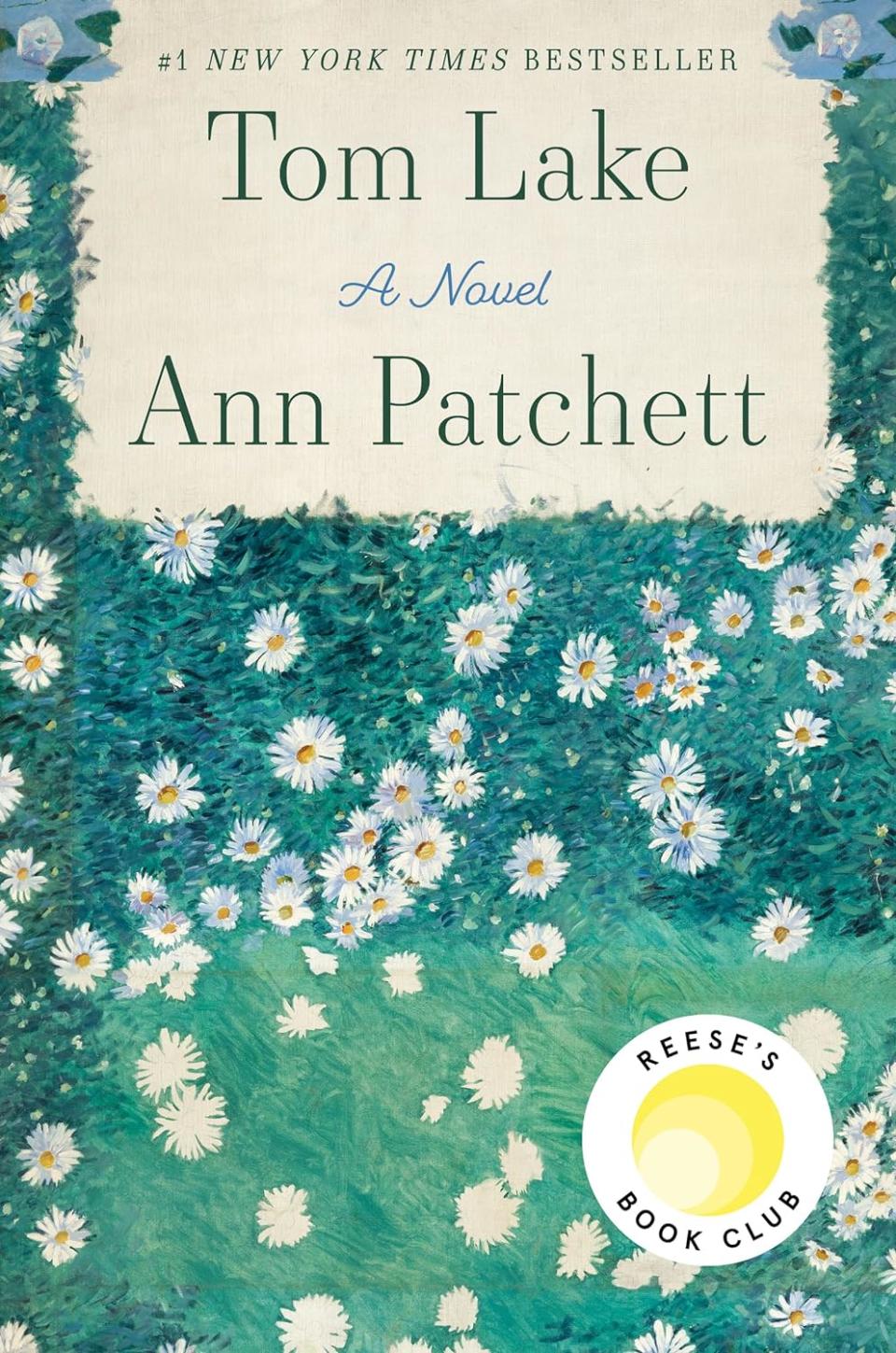
● "Warrior Girl Unearthed" by Angeline Boulley, Henry Holt and Co.: With the number of missing Indigenous women rising, her family involved in a murder investigation and grave robbers profiting off her Anishinaabe tribe, Perry Firekeeper-Birch takes matters into her own hands to solve a mystery and reclaim her people's inheritance.
● "The White Stripes: Complete Lyrics, 1997-2007" by Jack White, Third Man Books: The Grammy-winning duo from Detroit helped define a generation and continues to influence music. This collection features the words Jack White wrote for music he and Meg White created and also features never-before-seen rough drafts, alternate lyrics and photographs. Included are essays by Hanif Abdurraqib, Ben Blackwell, and Caroline Randall Williams.
This article originally appeared on Detroit Free Press: Library of Michigan reveals 2024 list of Michigan Notable Books

